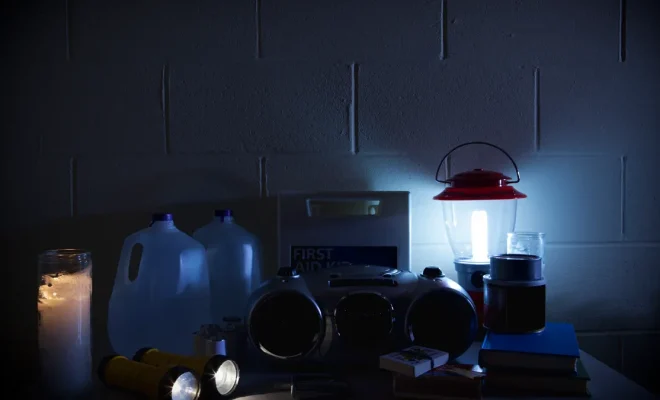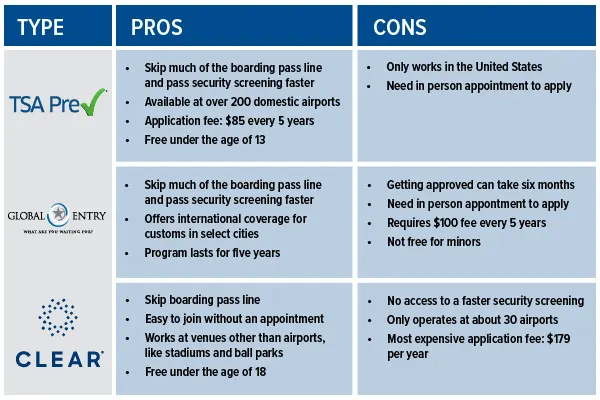A Guide to Blackouts: Why They Happen and How to Stay Safe

Introduction
Blackouts are one of the most frightening and disorienting events that can happen to an individual or an entire city. However, understanding how and why they occur can help prepare us for these unexpected occurrences and ensure we remain safe during these challenging times. In this article, we will explore the causes of blackouts, identify different types of blackouts, and provide practical tips on staying safe if you find yourself in a situation where one occurs.
Why Blackouts Happen
Blackouts typically occur due to one or more of these factors:
1. Power grid failure: The most common cause for a blackout is a power grid failure. This can result from extreme weather events such as thunderstorms, hurricanes, tornadoes, or ice storms which damage power lines and electrical infrastructure.
2. Overload on the power system: During periods of high energy demand, such as hot summer days when everyone has their air conditioners running, the power grid can become overloaded, resulting in a blackout.
3. Deliberate blackouts: In some cases, utility companies intentionally create temporary blackouts called “rolling blackouts” to conserve power during periods of high demand. The goal is to avoid a more severe and widespread blackout caused by an overloaded grid.
4. Technical issues: Mechanical failures within power plants or electrical components can also cause blackouts.
Types of Blackouts
There are three primary types of blackouts:
1. Brownout: A brownout is a temporary drop in voltage that results in reduced electrical power. While brownouts don’t lead to complete interruptions of the power supply, they can still cause problems for electronic devices.
2. Rolling blackout: A rolling blackout is a deliberate measure used by utility companies to alleviate stress on the already overloaded power grid during periods of high demand.
3. Total blackout: A total blackout is a complete loss of power resulting from a significant event or cascading failures within the power grid.
Staying Safe During a Blackout
If you find yourself in a blackout, follow these safety tips:
1. Stay calm: Many people panic during a blackout, which can make a difficult situation even worse. It’s crucial to remain calm and think clearly in order to react effectively.
2. Use alternative light sources: Battery-operated candles or flashlights can provide sufficient light during a blackout. Avoid using real candles as they pose a fire risk.
3. Stay informed: During a blackout, it’s essential to stay informed of any updates and instructions from local authorities, either through battery-operated radios or mobile devices with charged batteries.
4. Turn off major appliances: Unplug or turn off appliances such as air conditioners, water heaters, and refrigerators to reduce the risk of electrical surges when power is restored.\
5. Don’t open the fridge: Keep your refrigerator and freezer doors closed to maintain their cold temperatures for as long as possible.
6. Stay hydrated and avoid heatstroke: If you’re in the middle of a heatwave during a blackout, drink plenty of water and go to the coolest part of your home to avoid overheating.
7. Check on neighbors: If it’s safe, make sure to check on elderly neighbors or those with medical conditions who might need assistance during a blackout.
Conclusion
Understanding why blackouts happen and how they impact us is crucial for staying safe during these unpredictable events. As we become more aware of their root causes, we can better plan and prepare for these timely occurrences, keeping ourselves and our communities safe during trying times.





